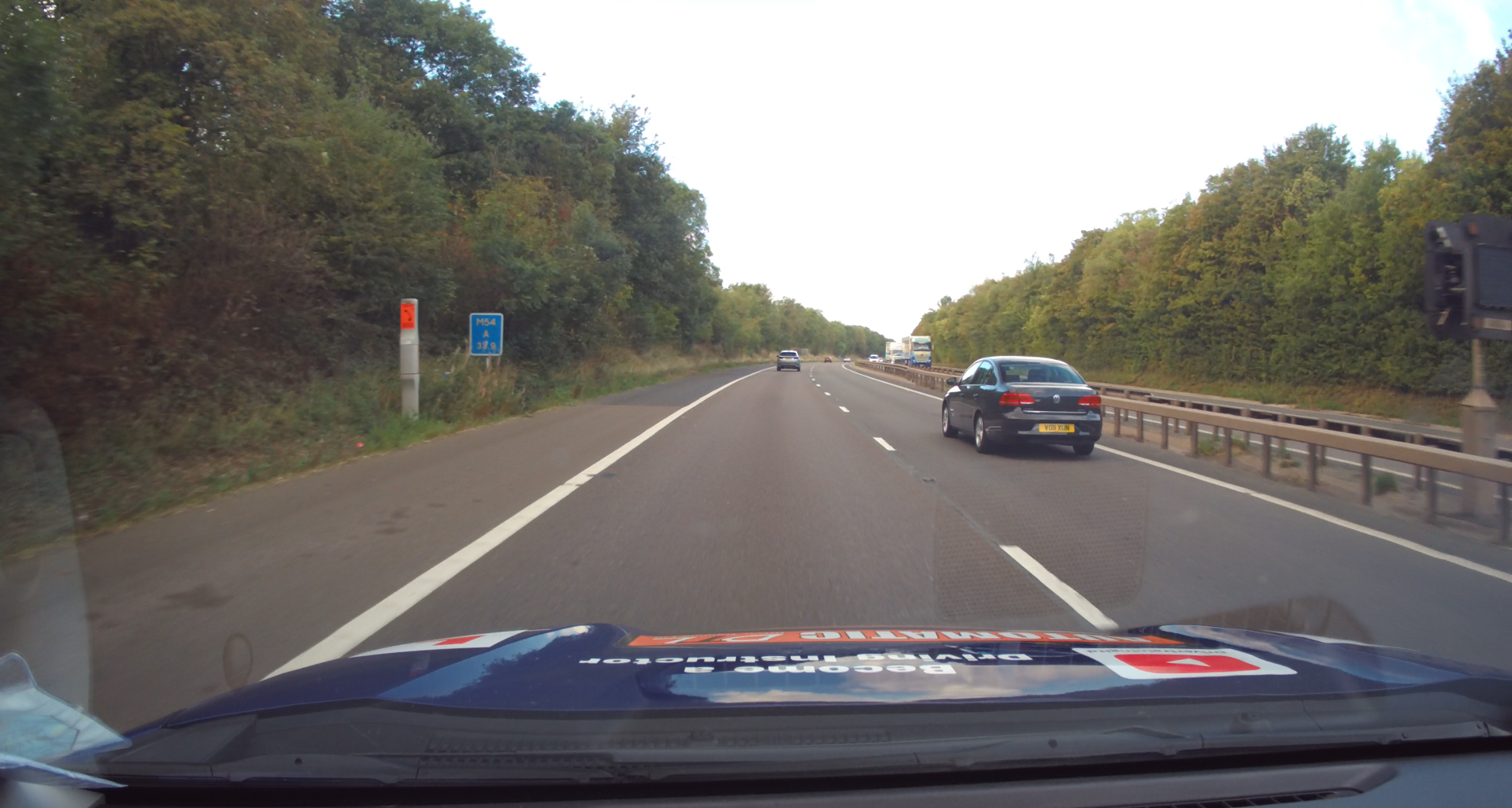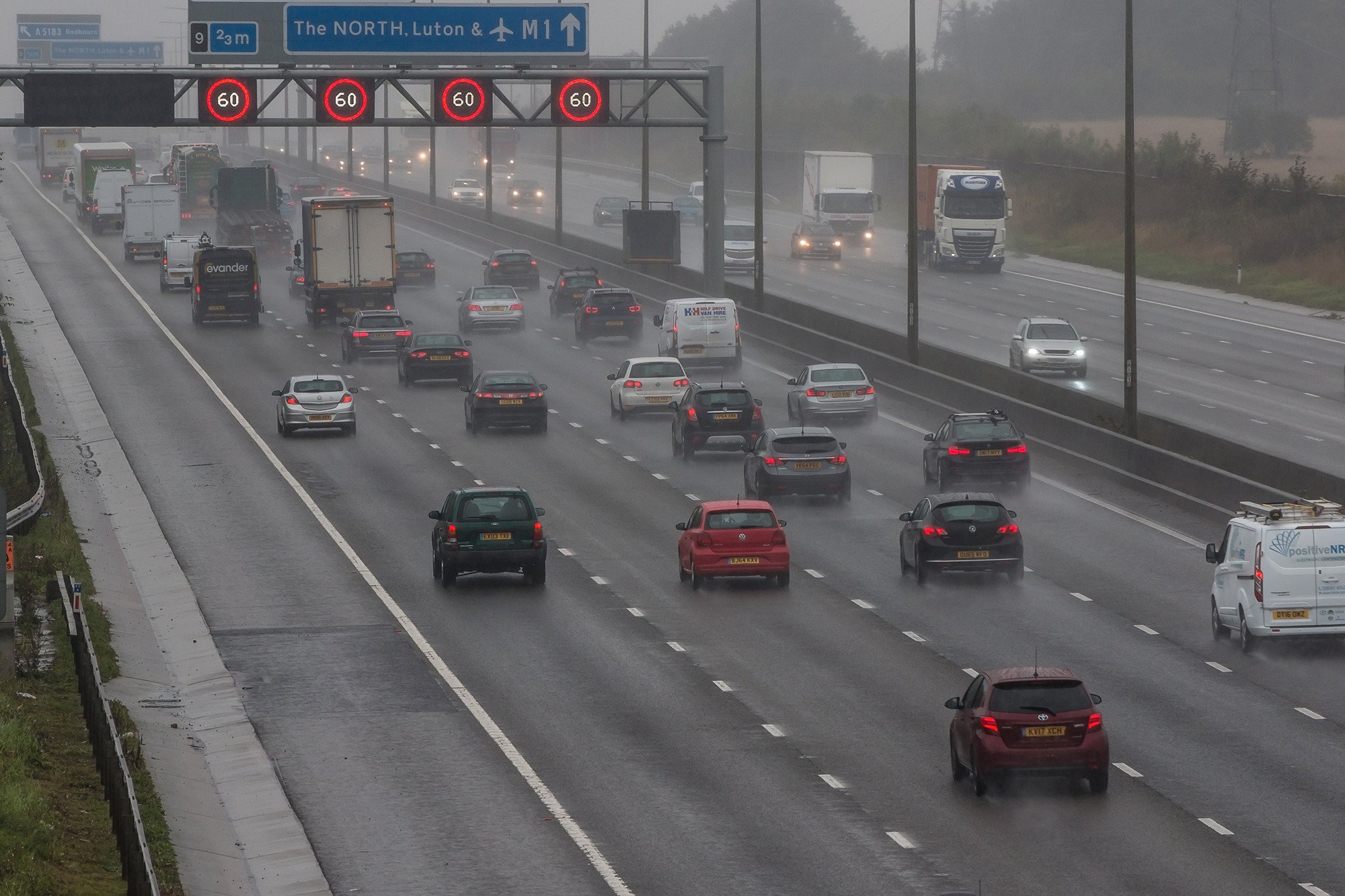The Hard Shoulder Explained: UK Motorway and Smart Motorway Guide
The Hard Shoulder Explained: A Complete Guide for UK Motorway Drivers
The Hard Shoulder Explained: A Complete Guide for UK Motorway Drivers
The hard shoulder is one of the most important — yet most misunderstood — parts of a motorway. With the rise of smart motorways, many drivers are no longer certain when (or if) they’re allowed to use it.
This guide explains everything you need to know about the hard shoulder, its purpose, and the rules you must follow to stay safe and legal.
What Is the Hard Shoulder?
What Is the Hard Shoulder?
The hard shoulder is the narrow strip of tarmac running along the far-left edge of a motorway, beside lane one.
Unlike country roads where the shoulder may just be grass or gravel — known as a soft shoulder — a motorway shoulder is built from hardstanding material, which is where it gets its name.
In the UK, the hard shoulder is normally 3.3 metres wide and separated from the driving lanes by a solid white line. It provides a space of last resort for emergencies and breakdowns, not an extra driving lane.
Why Do Motorways Have a Hard Shoulder?
Why Do Motorways Have a Hard Shoulder?
When Britain’s motorway network was designed in the 1960s, engineers built in a hard shoulder for two key reasons:
A refuge for broken-down vehicles – allowing drivers to stop safely away from live traffic.
A route for emergency services – giving police, ambulances, and fire engines a clear path to reach incidents quickly.
These principles still apply today, though the introduction of smart motorways has changed how the hard shoulder is used in some areas.
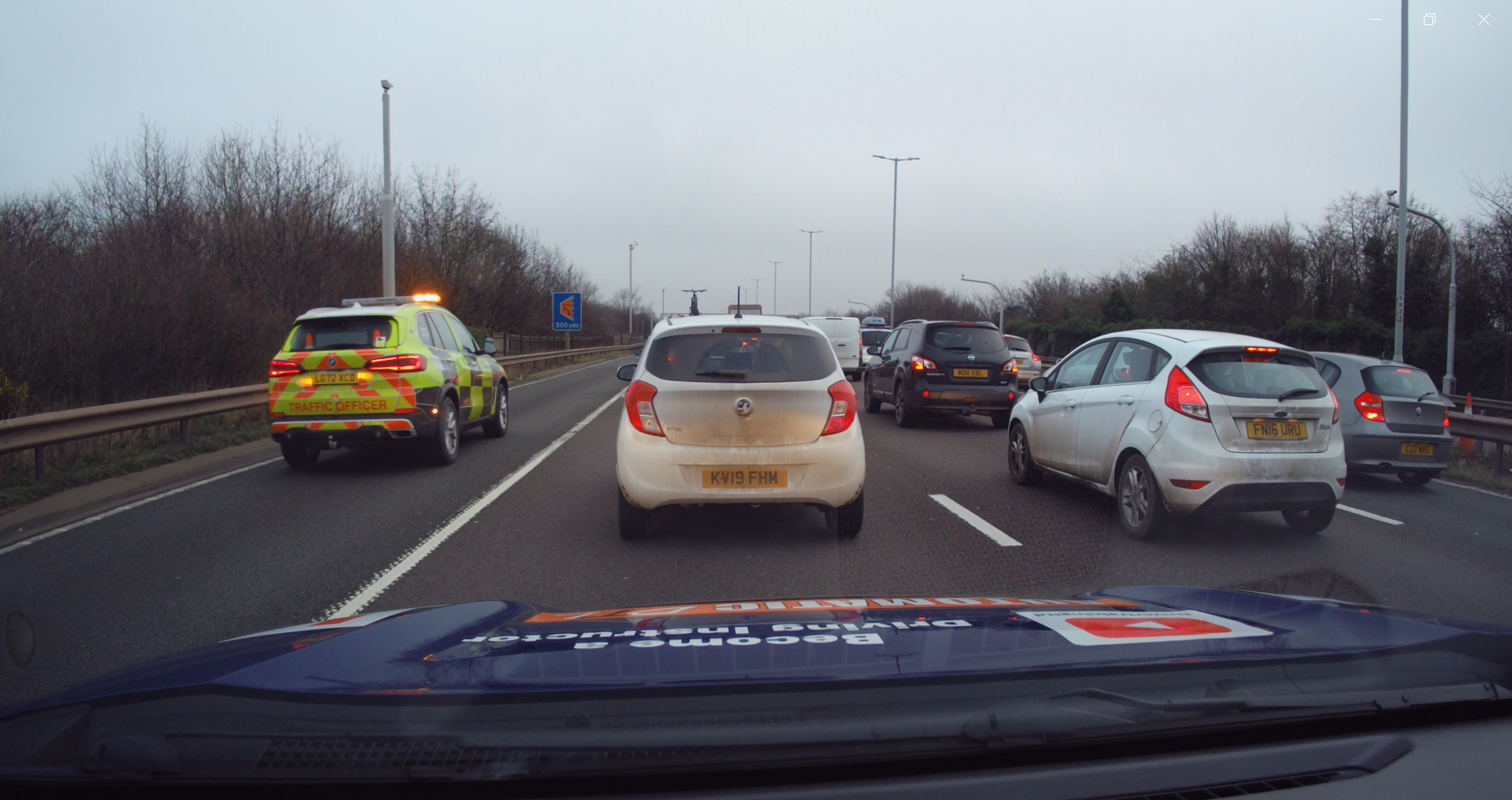
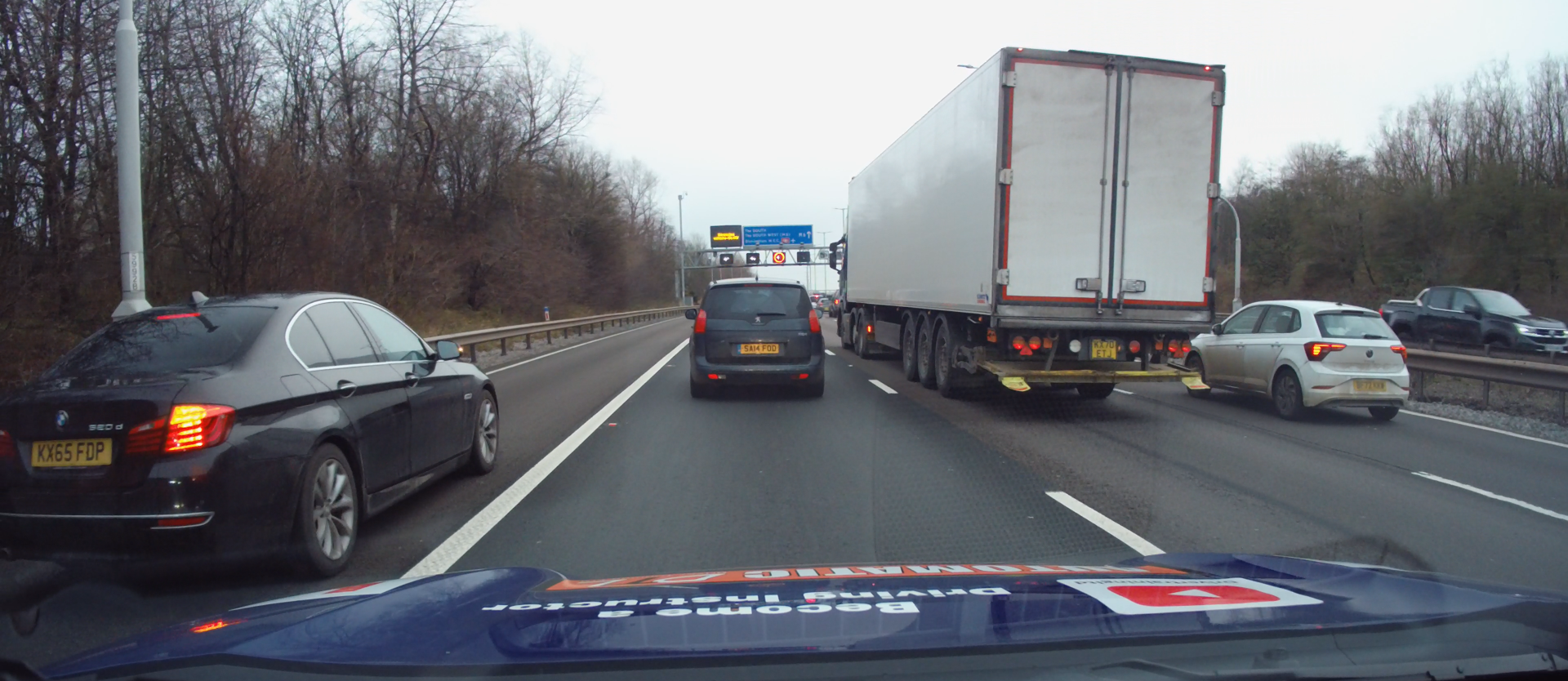
Can You Drive on the Hard Shoulder?
Can You Drive on the Hard Shoulder?
Under normal conditions, no – driving on the hard shoulder is illegal.
However, there are a few exceptions where using it is permitted:
When directed by police or National Highways officers due to an incident ahead.
During roadworks, if temporary signs instruct you to use the hard shoulder as a lane.
On smart motorways, when overhead gantry signs show the hard shoulder is open for traffic.
If you’re unsure whether it’s open, play it safe — do not use the hard shoulder.
What’s the Penalty for Driving on the Hard Shoulder?
What’s the Penalty for Driving on the Hard Shoulder?
Improper use of the hard shoulder — such as driving or overtaking on it — can lead to a £100 fine and three penalty points on your driving licence.
It may also be classed as careless or dangerous driving, depending on the circumstances, which could result in harsher penalties.

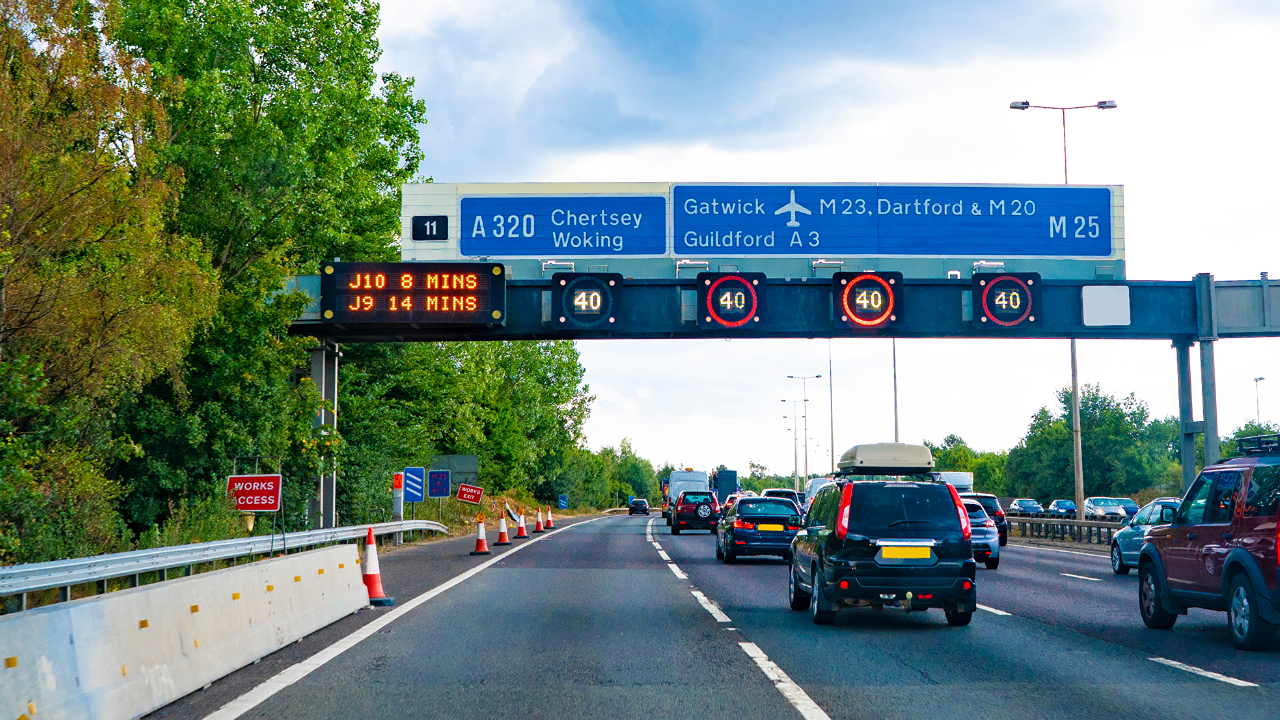
What Is a Smart Motorway?
What Is a Smart Motorway?
Smart motorways are modern sections of motorway designed to improve traffic flow by using electronic signs, sensors, and variable speed limits.
Some smart motorways allow the hard shoulder to be used as a running lane — either temporarily (known as Dynamic Hard Shoulder) or permanently (All-Lane Running).
While they have improved traffic reliability, the removal or part-time use of the hard shoulder has caused concern among drivers and motoring bodies, including the RAC, who warn that it can leave broken-down motorists more exposed to danger.
When Can You Stop on the Hard Shoulder?
When Can You Stop on the Hard Shoulder?
Only in an emergency — such as a breakdown or a medical issue — or if you are told to stop by police or highway officers.
Pulling over for any other reason, including using your phone, needing the toilet, or taking a rest, is illegal and highly dangerous.
National Highways reports that more than 100 people are killed or injured each year on hard shoulders, so stopping there should always be an absolute last resort.
If you must stop:
Pull as far left as possible.
Switch on your hazard lights and sidelights.
Exit the vehicle using the left-hand doors.
Wait behind the safety barrier, well away from traffic.
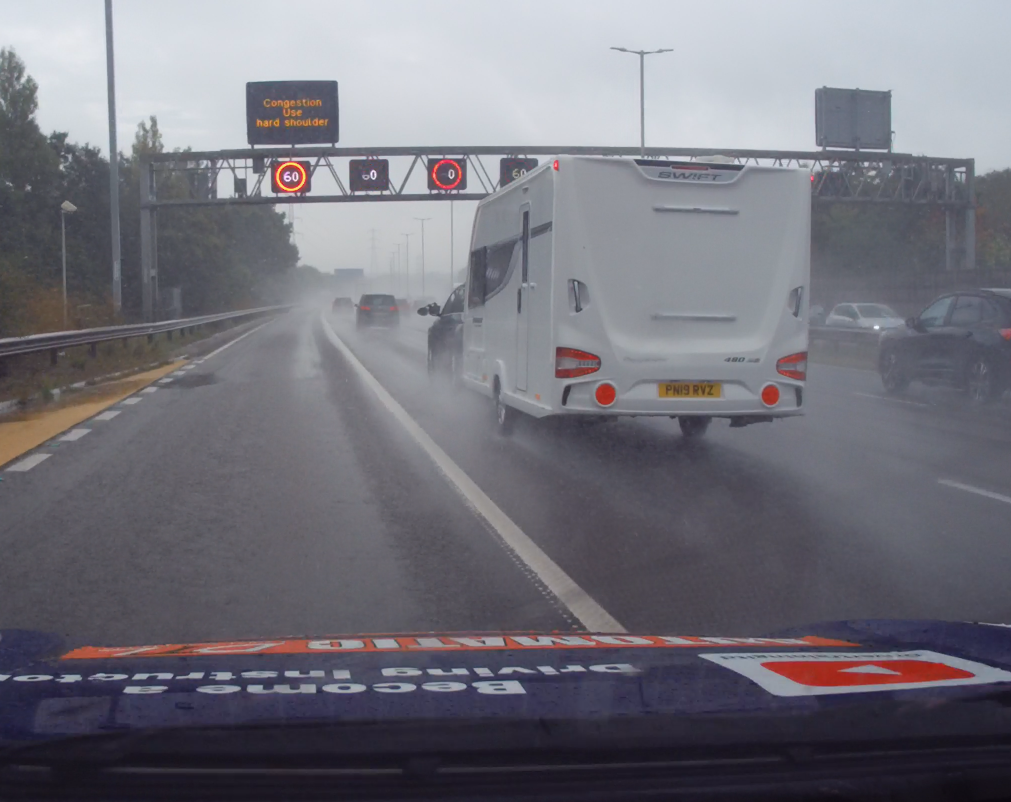
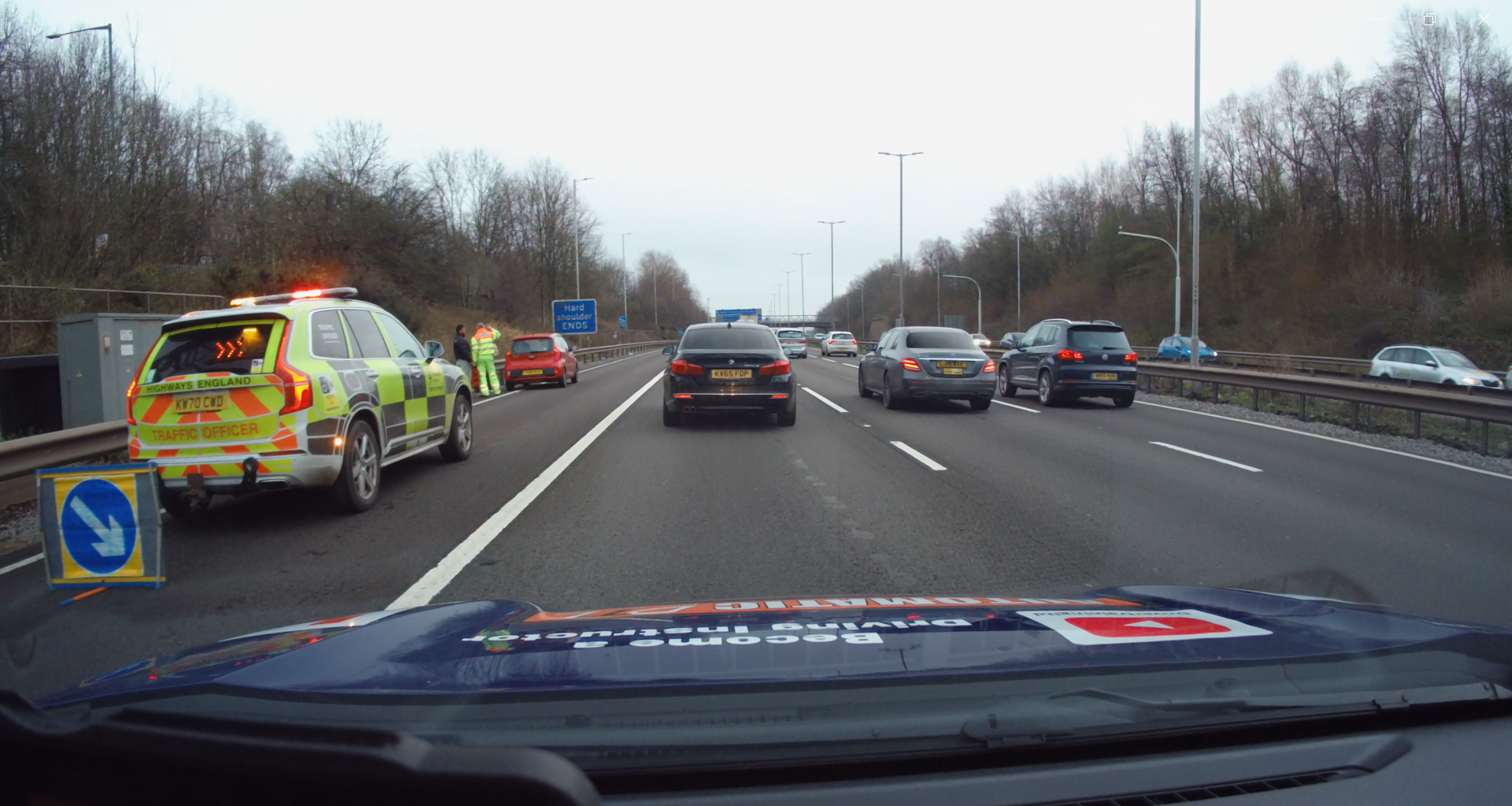
Can You Walk on the Hard Shoulder?
Can You Walk on the Hard Shoulder?
Walking on the hard shoulder is normally forbidden. The only exception is if your vehicle has broken down and you need to reach an emergency phone.
If you do have to walk, always:
Move away from the live lanes.
Walk towards oncoming traffic so you can see vehicles approaching.
Stay alert at all times.
Using an SOS Phone
Using an SOS Phone
Bright orange SOS phones are positioned roughly every mile along motorways. They connect directly to the police or National Highways control room and are free to use.
To use one:
Follow the arrows on the marker posts to the nearest phone.
Lift the handset — it connects automatically.
Tell the operator the number printed on the phone box so they can pinpoint your location.
Describe your situation clearly so help can be dispatched quickly.


The Hard Shoulder Explained: A Complete Guide for UK Motorway Drivers
The hard shoulder is there for your protection, not convenience.
Use it only when absolutely necessary, follow the rules, and you’ll help keep both yourself and others safe on Britain’s motorways — old or smart.
